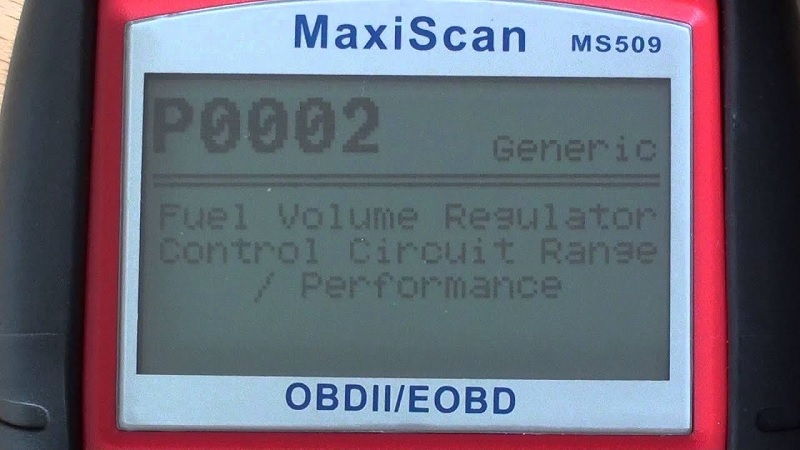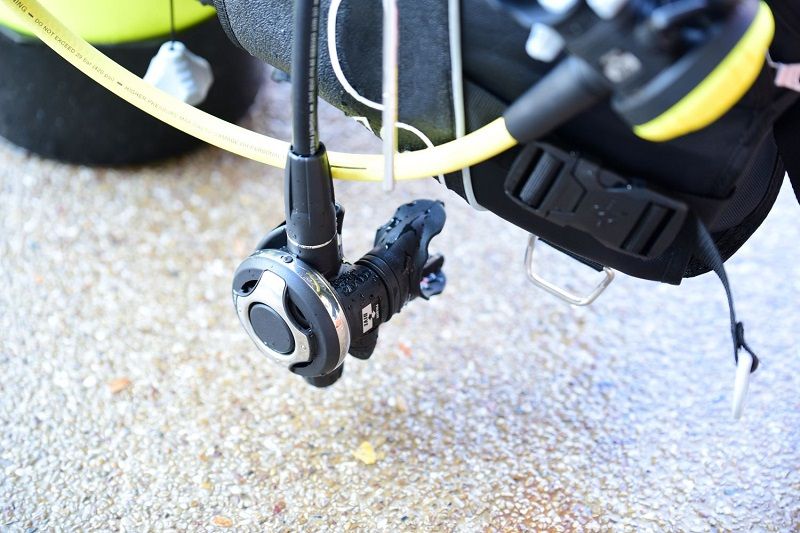This post contains affiliate links. This means I will make a commission at no extra cost to you should you click through and make a purchase [ “As an Amazon Associate, I earn from qualifying purchases.” ]. Read the full disclosure here.
What Causes P0002 Code? – Unveiling the Culprits Behind the P0002 Engine Code GuideMechanic.Com In the intricate world of automotive diagnostics, the P0002 engine code is one that often sends shivers down the spine of car owners and mechanics alike.
This enigmatic code indicates an issue with fuel volume regulator control circuit range/performance – but what exactly does that mean? Delving into the depths of automotive engineering, we’ll unravel the mysteries surrounding the P0002 code and explore its potential causes.
What Causes P0002 Code?
Understanding the Code:

Before diving into the causes, let’s decipher what the P0002 code signifies. In the realm of On-Board Diagnostics (OBD), this code is a generic powertrain code, meaning it applies to all vehicles equipped with OBD-II.
See Also: What Does Fuel Pump Control Circuit Open Mean?
Specifically, P0002 denotes a problem within the fuel volume regulator control circuit. This circuit is responsible for managing the fuel pressure within the fuel injection system, ensuring optimal engine performance and efficiency.
What Causes P0002 Code?
Faulty Fuel Pressure Regulator:
One of the primary culprits behind the P0002 code is a malfunctioning fuel pressure regulator. This vital component regulates the fuel pressure delivered to the fuel injectors, ensuring consistent flow and pressure. If the regulator fails or becomes stuck, it can disrupt the fuel delivery system, triggering the P0002 code.
Wiring Issues:
Like any electrical system, the fuel volume regulator control circuit relies on a network of wires and connectors to transmit signals. Over time, these components can degrade due to exposure to heat, moisture, or physical damage.
Faulty wiring or poor connections within the circuit can lead to irregularities in fuel pressure regulation, prompting the P0002 code to appear.
Defective Fuel Pump:

A malfunctioning fuel pump can also be to blame for the P0002 code. The fuel pump is responsible for delivering fuel from the tank to the engine at the correct pressure.
If the pump fails or operates below its optimal capacity, it can disrupt the fuel pressure regulation process, triggering the P0002 code as a result.
Fuel Filter Blockages:
A clogged or dirty fuel filter can impede the flow of fuel to the engine, leading to pressure fluctuations within the fuel system. As a consequence, the fuel volume regulator may struggle to maintain the desired pressure range, resulting in the activation of the P0002 code.
ECM (Engine Control Module) Malfunction:
In some cases, the underlying cause of the P0002 code may lie within the engine control module itself. The ECM plays a pivotal role in monitoring and controlling various engine functions, including fuel delivery. If the ECM malfunctions or receives inaccurate sensor data, it may erroneously trigger the P0002 code.
Fuel Contamination:
Contaminants such as dirt, debris, or water can infiltrate the fuel system, compromising its integrity and performance. These contaminants may accumulate within the fuel lines, injectors, or pressure regulator, disrupting the smooth operation of the system and potentially causing the P0002 code to manifest.
What Causes P0002 Code?
Diagnostic and Repair Procedures:

Diagnosing and rectifying the underlying issue causing the P0002 code requires a systematic approach and specialized tools. Here are some steps typically undertaken by mechanics:
- Scan the vehicle’s onboard computer system using a diagnostic scanner to retrieve the trouble codes, including P0002.
- Perform a visual inspection of the fuel system components, checking for any signs of damage, leaks, or contamination.
- Test the fuel pressure using a fuel pressure gauge to ensure it falls within the manufacturer’s specified range.
- Inspect the wiring harness and connectors associated with the fuel volume regulator control circuit for any signs of wear, corrosion, or disconnection.
- Test the fuel pump’s functionality by measuring its output pressure and flow rate.
- If necessary, replace any faulty components identified during the diagnostic process, such as the fuel pressure regulator, fuel pump, or fuel filter.
- Clear the trouble codes from the vehicle’s computer system and perform a test drive to verify that the issue has been resolved.
What Causes P0002 Code?
Conclusion:
The P0002 engine code may seem cryptic at first glance, but with a thorough understanding of its underlying causes and diagnostic procedures, it becomes less daunting to tackle.
Whether it’s a faulty fuel pressure regulator, wiring issue, or fuel pump malfunction, identifying and addressing the root cause is essential for restoring optimal performance and reliability to your vehicle.
By staying vigilant and proactive in maintenance and diagnostics, you can keep the dreaded P0002 code at bay and ensure your vehicle runs smoothly mile after mile.
See Also: What is The Code P0001 on a 6.7 Powerstroke?
- Catalytic Converter Replacement Cost for Subaru Forester - April 28, 2025
- Ford F-150 Catalytic Converter Replacement Cost - April 28, 2025
- Ford Fiesta Catalytic Converter Replacement Cost - April 28, 2025
